Main hall
The main hall is where we put our most important symbol; Shaka-muni-butsu and pray. Inside this historical building you could also see various other Buddha statues such as Amida Nyorai or Akiba Daigongen.
Our temple is one of Soto Zen Buddhist temples in Kanazawa, Ishikawa Prefecture.
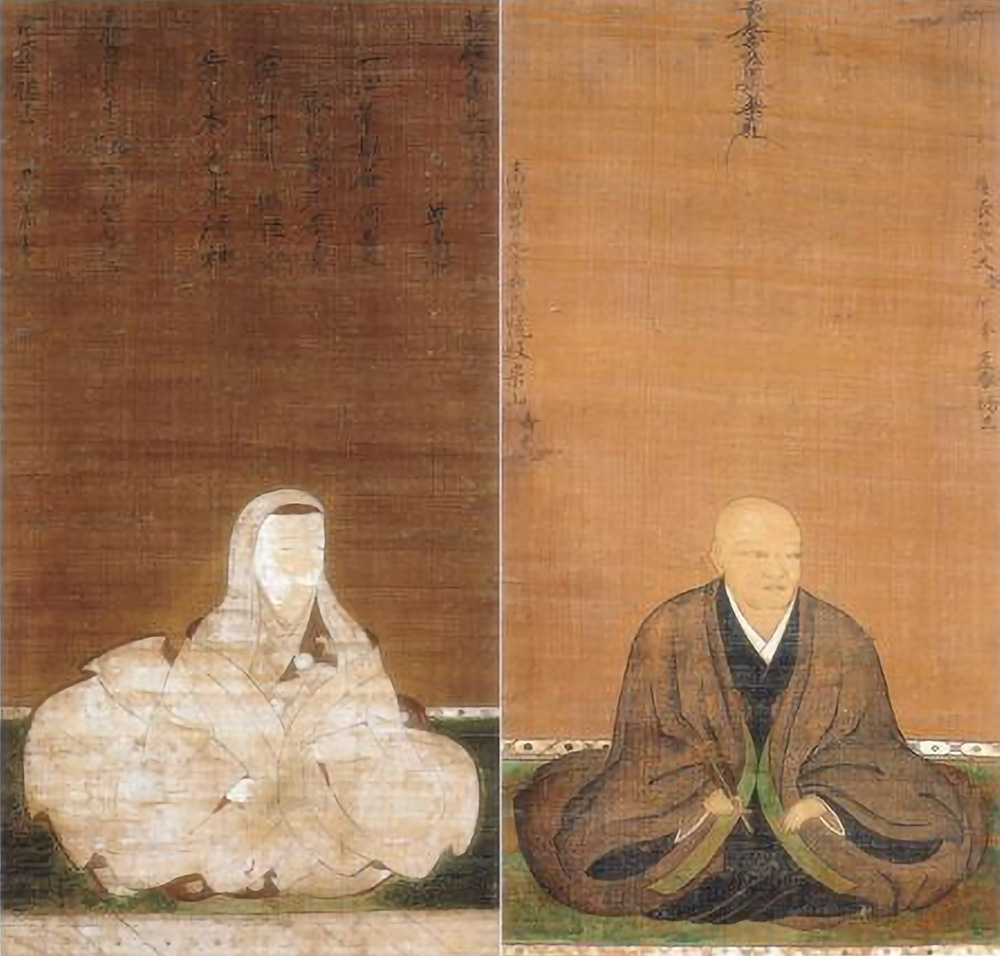
History
The temple was built in 1609, about 400 years ago, as a memorial for Princess Tsuse; Toshiie Maeda’s younger sister. She married Sadayoshi Takabatake; one of Samurai who served Toshiie Maeda. Graves of both of them are in our temple.
The image is from the Kanazawa City website.
Our main statue
Our temple’s main statue is Shaka-muni-butsu. The posture of sitting Buddha represents the study of the Soto Zen (Buddhism), “everything begins with Zazen and ends with Zazen”.
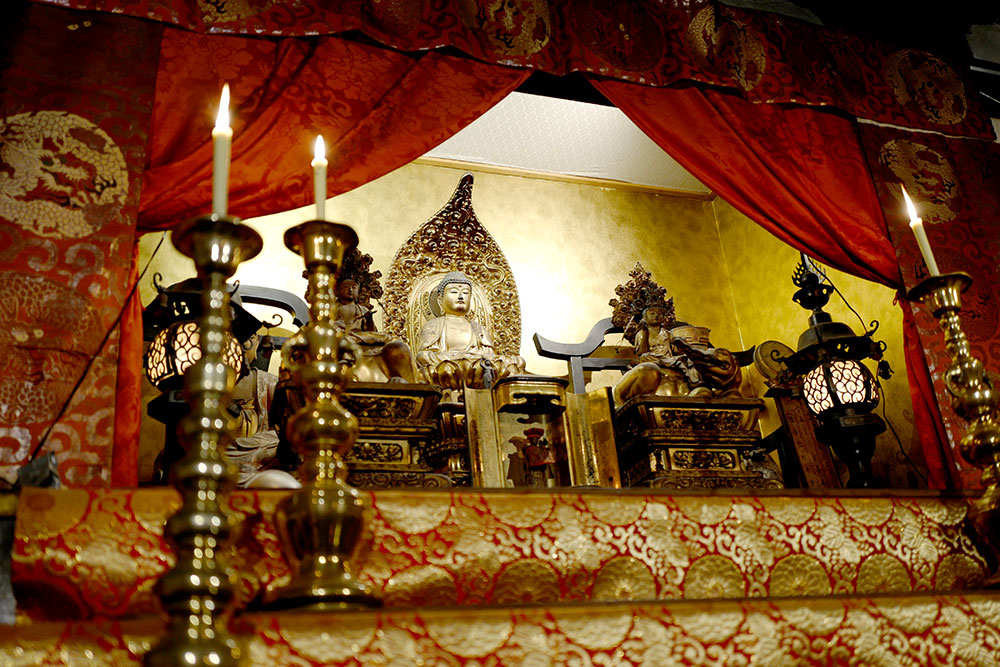
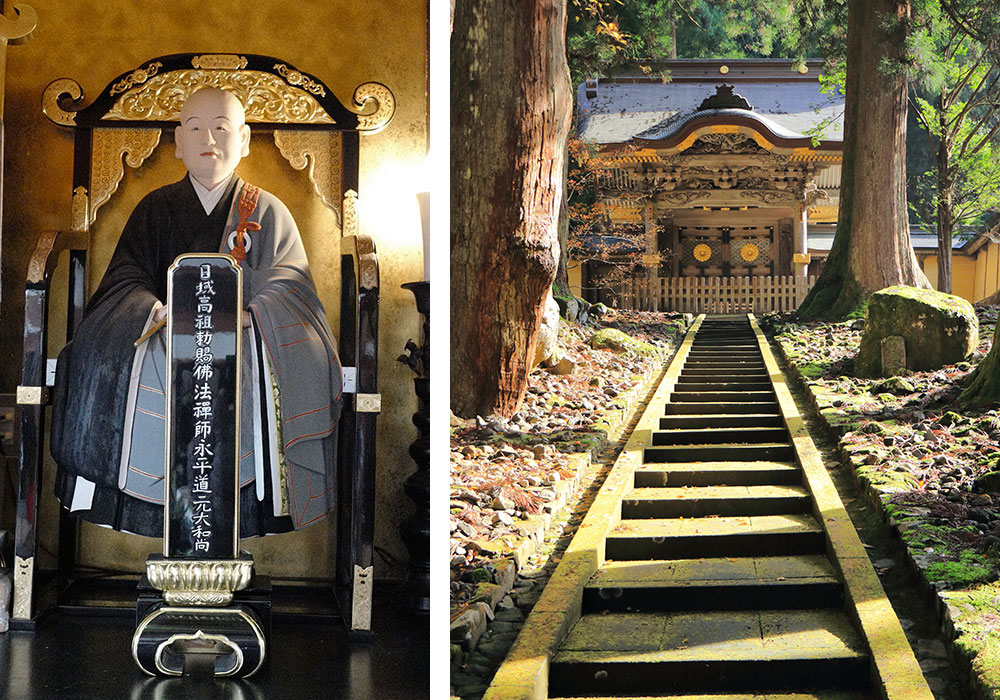
Soto Zen (Buddhism)
The founder is called Dogen Zenji. He was a Zen monk in the early Kamakura period (end of 12th century) who taught that “The posture of sitting in Zazen represents the Buddha himself, and spiritual enlightenment exists in the practice”. The headquarters of the Soto Zen (Buddhism) are Eiheiji Temple in Fukui Prefecture and Sojiji Temple in Kanagawa Prefecture.
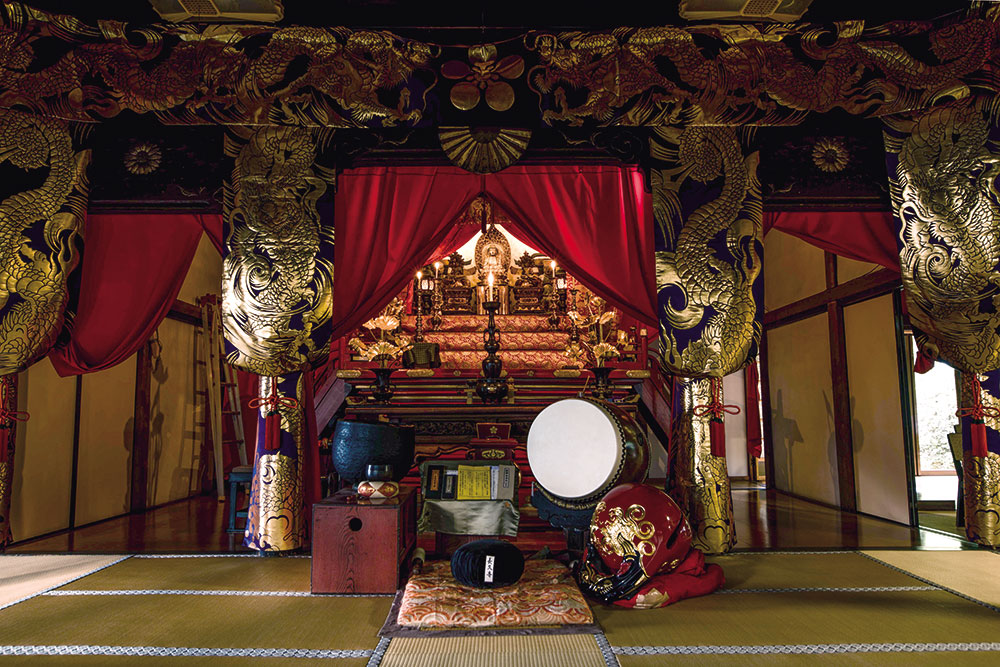
Main hall
The main hall is where we put our most important symbol; Shaka-muni-butsu and pray. Inside this historical building you could also see various other Buddha statues such as Amida Nyorai or Akiba Daigongen.
Flowers and Views
Begin with twin fragrant olive (Osmanthus fragrans var. aurantiacus) which are the tallest in Kanazawa, hundreds-years-old zelkova or azalea, several kinds of flowers and trees add different colors to our garden each season. There is also a monument of Matsuo Basho in front of our garden after the poems he wrote in this town. You can also see the nice view of Saigawa River and the city from the backside of our temple.
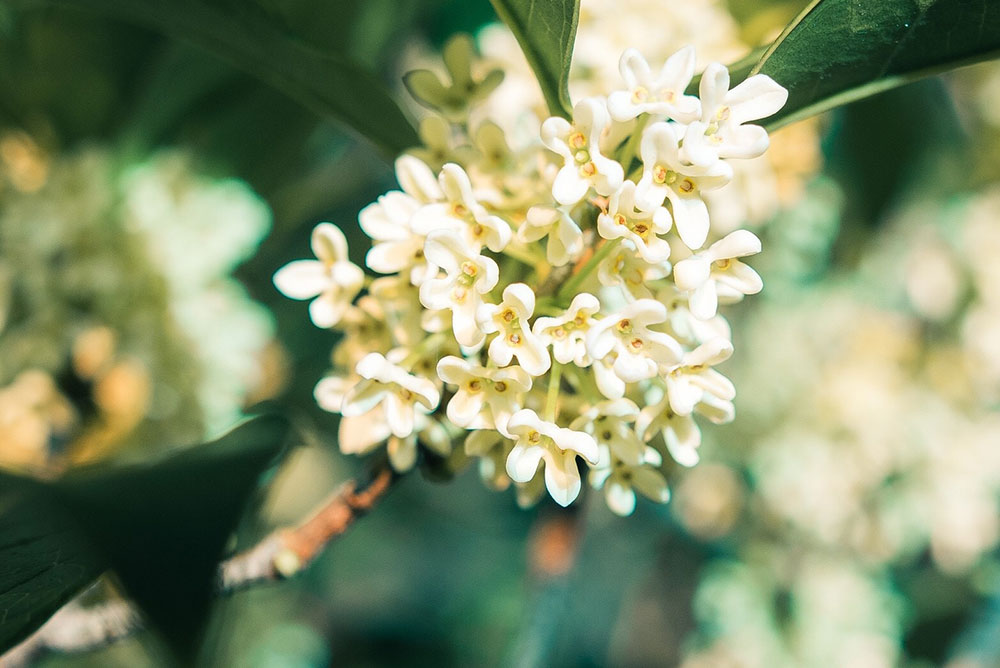
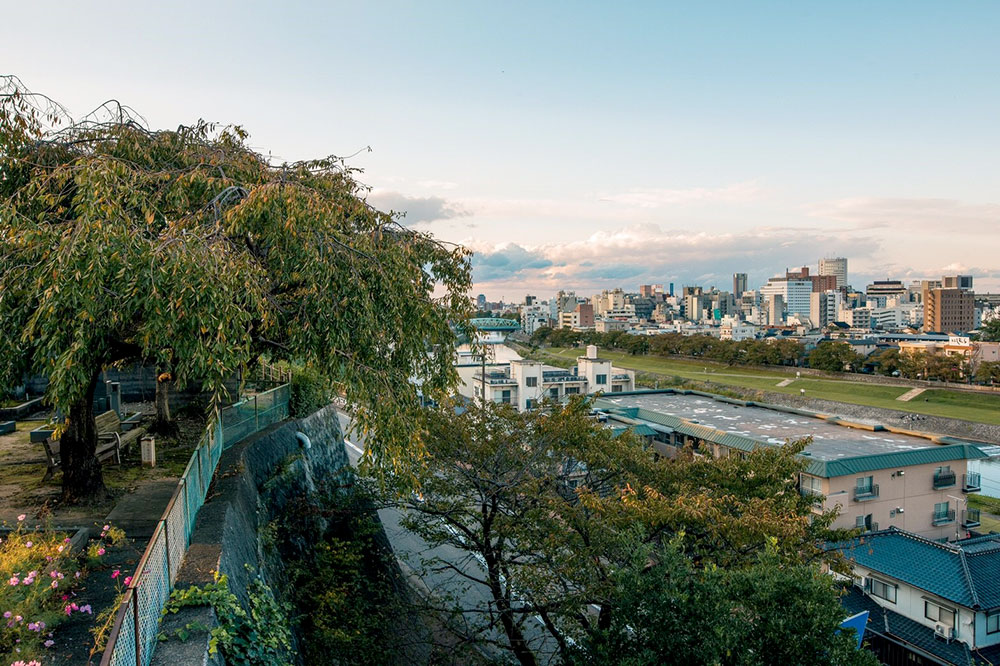
We would like you to feel familiar with the temple,
we hold some art exhibitions and concerts as well as standard Buddhist services.
Please feel free to join our events! You are always welcomed!
| mo. | event | flower |
|---|---|---|
| 1 | New Year’s Prayer (Tell us your wish for new year when you make reservation so that our monk could pray for it.) We give you an amulet. |
Camellia (late January to early February) |
| 2 | Nirvana Day Celebrate the day of buddha’s death because he reached total nirvana when he passed away. (We serve Nehan Dango:Japanese sweets made for Buddha)The last Sunday of February. |
|
| 3 | Kohigan cherry blossom (late March) |
|
| 4 | Oterakugo Temple + Rakugo = Oterakugo (Rakugo is traditional Japanese entertaionment performed as lone storytelling). Please enjoy rakugo and some buddhist lectures. |
Shidare cherry blossom (mid-April) |
| 5 | Flower festival |
Azalea (early May) |
| 6 | Hydrangea (mid-June) Lime tree (mid-June) |
|
| 7 | Obon 7/13-7/15 On the 17th, we make some lanterns to see off our ancestors. |
|
| 8 | Obon Oterart (Art Exhibition) Temple + Art = Oterart. It’s an exhibition of art, please feel free to visit us!https://www.oterart.com/ |
|
| 9 | Fragrant olive (Osmanthus fragrans var. aurantiacus) (late September, about a week) |
|
| 10 | ||
| 11 | Jiho-ten (Exhibition of temple’s treasures) We open our treasures to public. Several temples in Teramachi participate in this event.http://www.hab.co.jp/bunkazai/ |
Red Leaves (late November) |
| 12 | Sazanka (early December) |
Please check our news page or social networking sites for more information on each event.
*For events that require reservations, please email us using the "Contact Us" form.